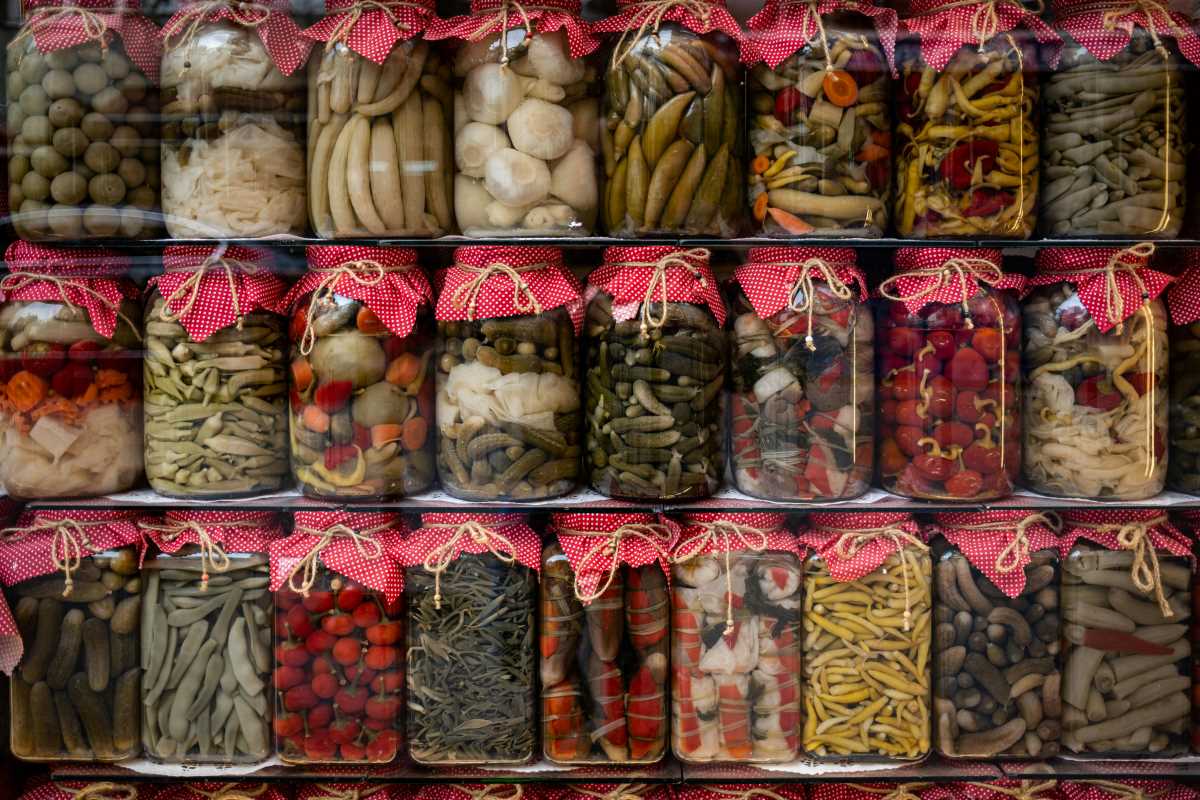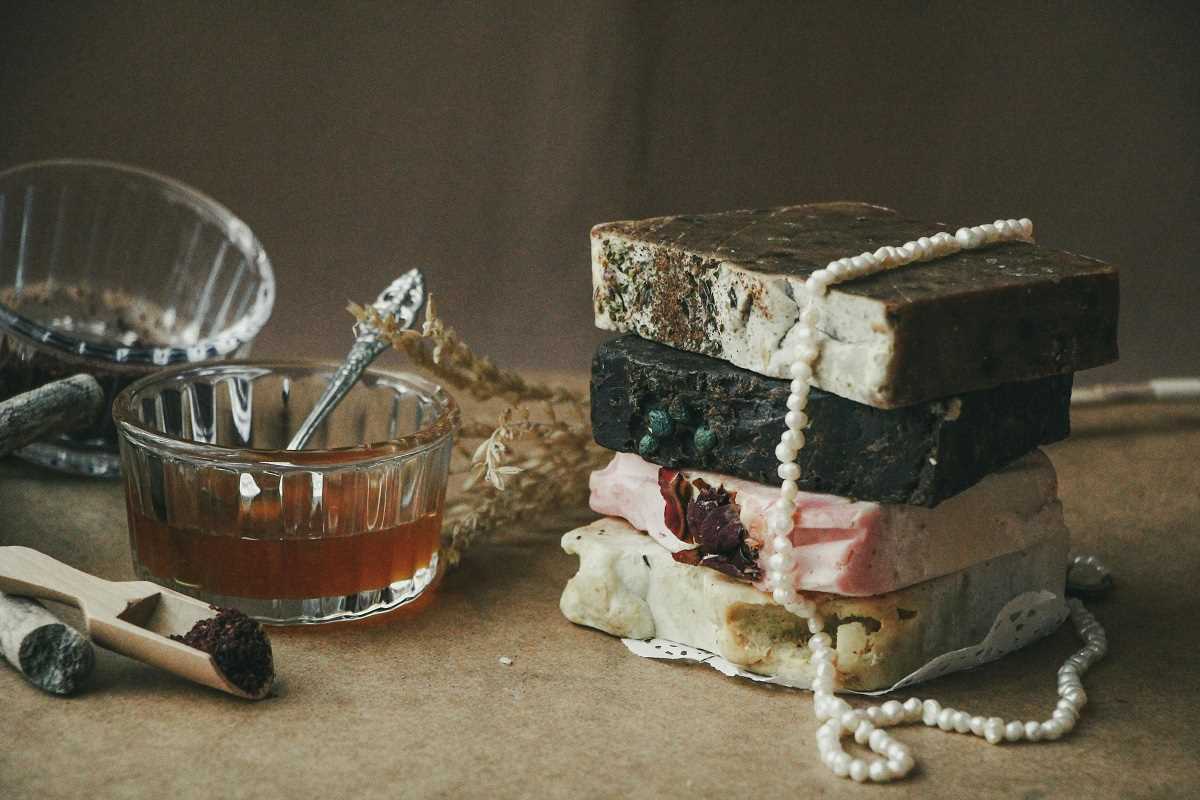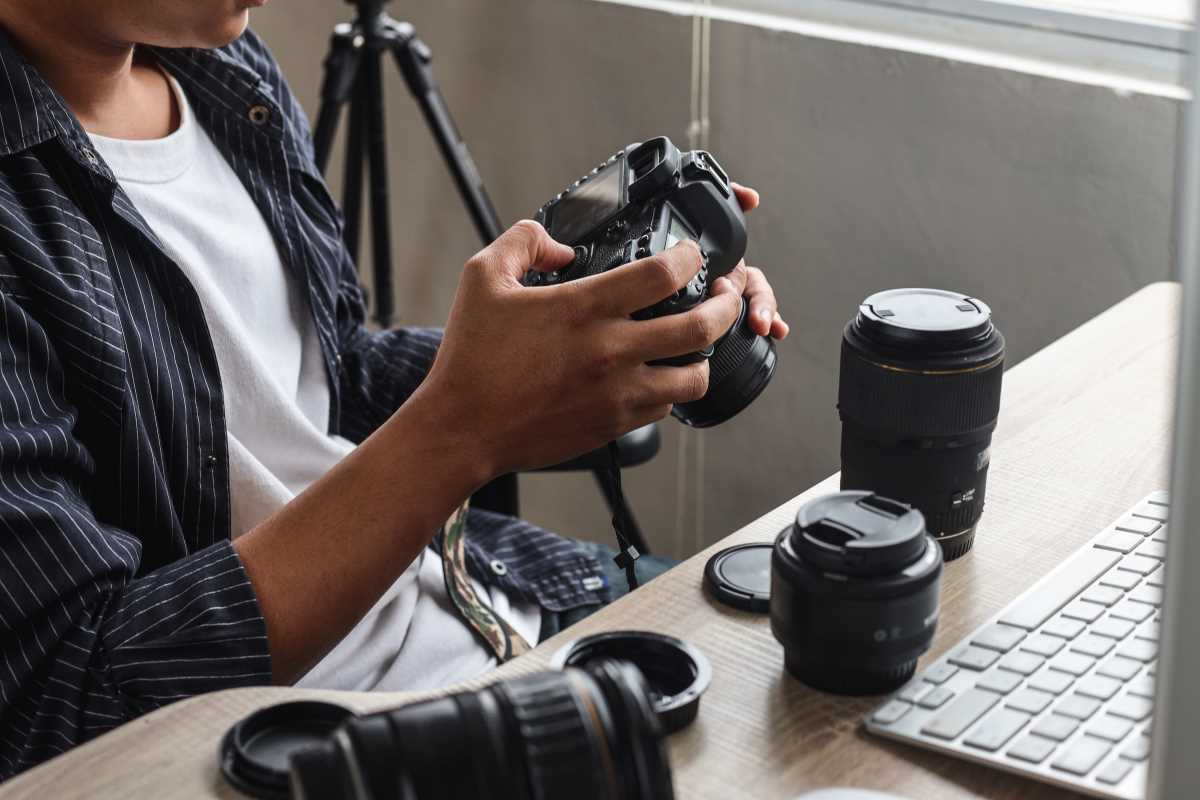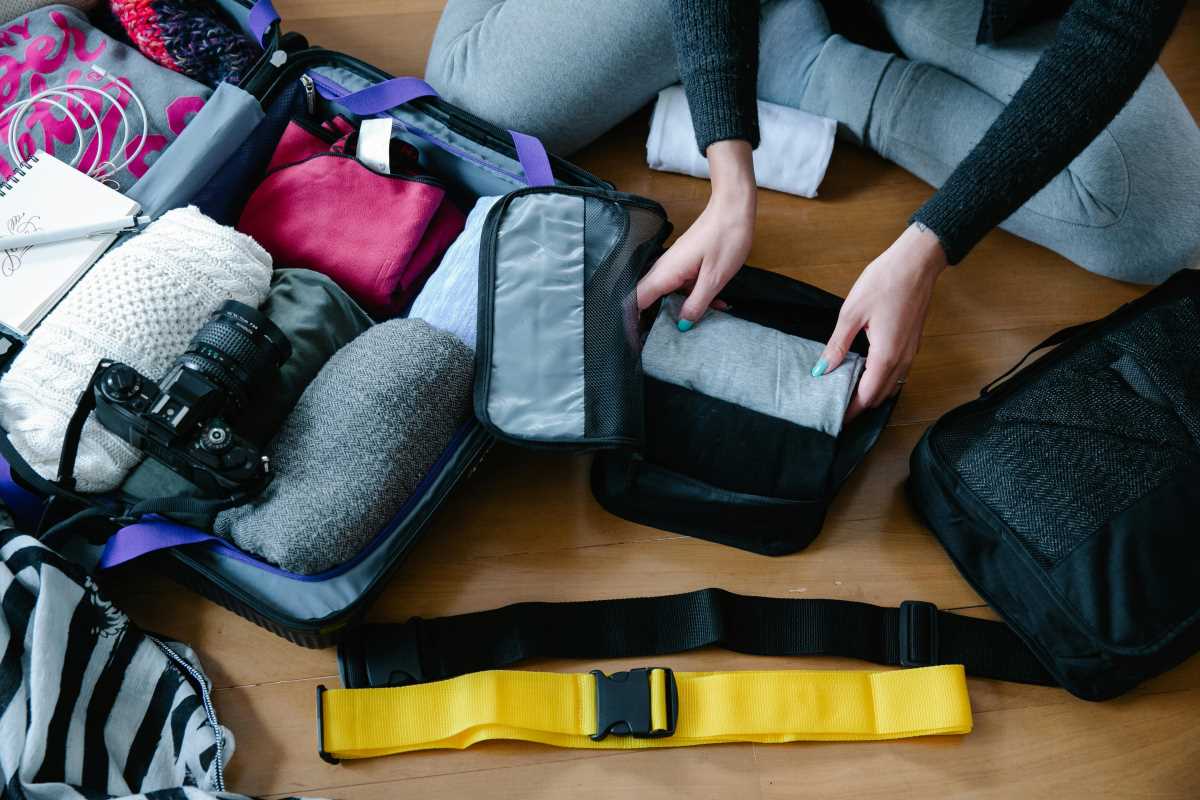Every piece you create—whether it’s handcrafted pottery, custom jewelry, or unique textiles—holds a story and a piece of your passion. You want your work to find a home with people who truly appreciate its value, rather than letting it sit unnoticed online. When you build a clear journey from the first moment of curiosity to a completed purchase, you help your art find its audience. Turning a casual glance into a lasting connection with a collector feels rewarding, and you can make this happen with a thoughtful approach. Let’s explore how you can connect your creations with those who will cherish them.
Developing Your Unique Approach
When you share the story behind each stitch or glaze, you connect with emotions that push people from casual scrolling to clicking “add to cart.” Think about a moment that sparked your craft—did you learn a weaving technique from a grandparent or discover clay in a hidden creek? Those personal stories can become the rhythm that draws fans to your shop.
Instead of listing features, sketch a small scene where someone discovers your work—maybe at a cozy craft fair or scrolling on their phone on a rainy afternoon. That scene plants seeds of connection. You invite folks into your world, letting them picture your art fitting seamlessly into their routines.
Moving Beyond the Basics
Most guides will tell you to talk benefits. Instead, focus on subtle triggers: textures that remind someone of summer evenings, color palettes that echo childhood memories, or shapes that feel like a secret handshake among enthusiasts. Those threads build a stronger bond.
Imagine describing how a certain fabric pattern could turn an ordinary kitchen towel into a conversation starter at dinner parties. You don’t need hard data—just vivid, authentic snapshots that root your pieces in everyday life. That emotional layer often moves past price comparisons and deals directly with the heart.
Step-by-Step Funnel Design
- Landing Page Hook (Purpose: capture attention and set expectations)
- Steps:
- Write a sensory-rich headline.
- Add a striking image of your product in use.
- Place a subtle sign-up prompt for behind-the-scenes content.
- Cost/Metric: free with most website builders; track click-through rate.
- Insider tip: rotate visuals weekly to keep the page fresh for repeat visitors.
- Steps:
- Email Sequence Warm-Up (Purpose: build trust through mini-stories)
- Steps:
- Send a thank-you message after opt-in.
- Follow with an anecdote about a creative hiccup.
- Share a small DIY tip related to your craft.
- Cost/Metric: free up to ~1,000 contacts; aim for 25%+ open rate.
- Insider tip: personalize with subscriber name and local weather/season.
- Steps:
- Mid-Funnel Showcase (Purpose: spark desire through real-world use)
- Steps:
- Curate a gallery of customer photos.
- Add captions showing lifestyle benefits.
- Insert a clear “shop the look” button.
- Cost/Metric: $10–$30/month for gallery plug-ins; measure click-to-cart.
- Insider tip: rotate user-generated photos to highlight varied lifestyles.
- Steps:
- Cart Abandonment Nudge (Purpose: recover nearly-lost sales)
- Steps:
- Wait 12 hours post-abandonment.
- Send reminder referencing the exact item.
- Offer a small add-on (gift wrap or tiny discount).
- Cost/Metric: often included free in email tools; target 15%+ recovery rate.
- Insider tip: use a casual, friend-like tone instead of hard selling.
- Steps:
- Post-Purchase Follow-Up (Purpose: nurture loyalty and repeat sales)
- Steps:
- Send thank-you note with care instructions.
- Invite feedback or customer photos for future galleries.
- Give an exclusive preview of new launches.
- Cost/Metric: no extra cost; track repeat-purchase rate.
- Insider tip: add a personal sign-off and mention a local event to build connection.
- Steps:
Applying Funnel Elements Effectively
You’ve mapped the journey. Now make each touchpoint feel handmade, not templated. Replace generic stock images with candid snapshots of late-night studio sessions or imperfect sketches that highlight the human side of your craft. Tiny cracks or brushstroke trails become badges of authenticity that people can’t resist.
Match the colors and fonts on your site with the natural textures of your materials—soft clay grays paired with earthy typefaces, deep indigo hues next to woven linen images. This consistency keeps visitors grounded in your brand story from homepage to checkout.
Tracking What Matters
Use a numbered list:
- Monitor the percentage of visitors who sign up for behind-the-scenes emails after landing on your page. Aim for at least a 5% sign-up rate instead of chasing generic traffic.
- Watch open rates on narrative-driven emails rather than blanket promotional blasts; a 30% open rate indicates genuine interest.
- Count clicks on gallery images—if certain scenes lead to more cart additions, focus on that style in future shoots.
- Compare revenue from abandoned carts with and without nudges to measure cart recovery success; a 15% increase shows you’ve found the right approach.
- Track repeat purchases within 90 days after a sale; double down on elements like thank-you notes and care tips that improve that number.
By paying attention to these specific markers, you avoid vague benchmarks and focus on what truly moves your handmade creations forward. Pair that understanding with marketing funnel updates, and you will improve your shop’s rhythm over time.
Your funnel does more than generate clicks—it turns visitors into collectors and supporters who return for more. Each step makes their journey feel personal, reflecting your unique work.
 (Image via
(Image via




.jpeg)
